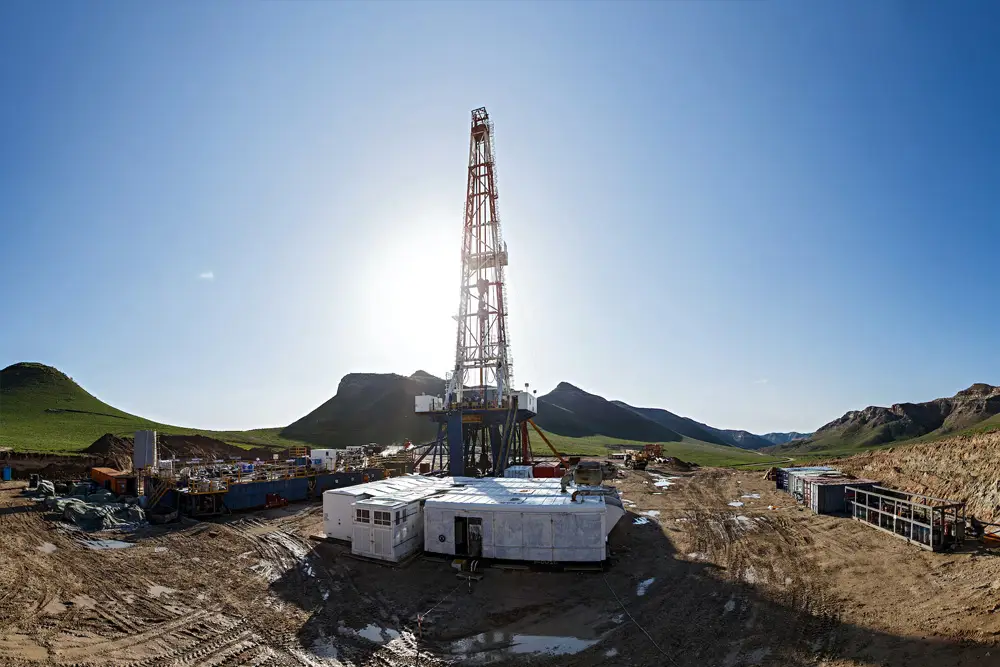Access matting is a solution used across various industries, including oilfield and construction, to create safe and stable roadways and platforms over otherwise rough or unstable terrain. These mats allow heavy equipment and machinery to move on these sites without getting stuck or causing unwanted land disturbances.
Oilfield and construction sites are some of the most rugged environments on earth. Managing these sites involves creating safe and stable access points for ease of transport and operation. A central aspect of this task is access matting. But what exactly is access matting, and what types of materials are commonly used?
Now, let’s delve into the specifics of the most commonly used materials in access matting. Knowing the strengths and potential shortcomings of these materials can help you make informed decisions according to your site’s unique conditions and needs.
Timber Access Matting
First off, we have the Timber Access Mats. These mats are typically made from high-quality hardwood, like oak, and are known for their resilience, particularly suitable for dealing with rough and muddy terrains. They provide excellent traction, stability and are efficient in minimizing rutting and soil disruption. However, these mats can be heavy and may take more effort to install and remove.
Pros: Durable, particularly strong traction
Cons: Can be heavy, difficult to install and remove
Composite Access Matting
Another commonly used material for access matting is Composite. Composite mats are made from various combined materials like plastic, rubber and wood fibres. They are lighter, easier to install, and provide significant traction in wet conditions. While composite mats can be handy, they may lack the same durability as timber mats, especially in highly demanding situations.
Pros: Lightweight, easy to install, good traction in wet conditions
Cons: May not be as durable as timber mats in tough terrains
Steel Access Matting
Steel Matting is another option to consider. These mats are incredibly robust and durable, making them ideal for extreme construction or drilling scenarios. Steel mats provide reliable stability but are prone to rust and can be quite slippery when wet. Additionally, their heavyweight can make transportation and installation a more laborious process.
Pros: Extremely durable and stable
Cons: Can be slippery when wet, susceptible to rust, heavy
Conclusion
To sum up, each type of matting material has its strengths and potential flaws. It’s crucial for you to assess your specific needs and conditions to pick the right mat for your project site. Whether it’s durability, weight, traction, or ease of transport and install, every aspect matters in making this key decision.
Your choice in matting materials needs to be as strong and dependable as your hard-working team. Pick wisely, and ensure that your work surface is not just durable, but also safe and conducive for your team.
At Diamond T Services, we understand your needs and the importance of creating a safe and efficient work environment. Our range of high quality access matting options are designed with the perfect blend of strength, durability, and environmental sensitivity. Whether you’re navigating unpredictable weather conditions or handling heavy-duty machinery, our matting solutions ensure successful, uninterrupted operations.
Reach out today and our expert team can guide you in selecting the optimal access matting for your specific needs, promising you the best in the industry.


